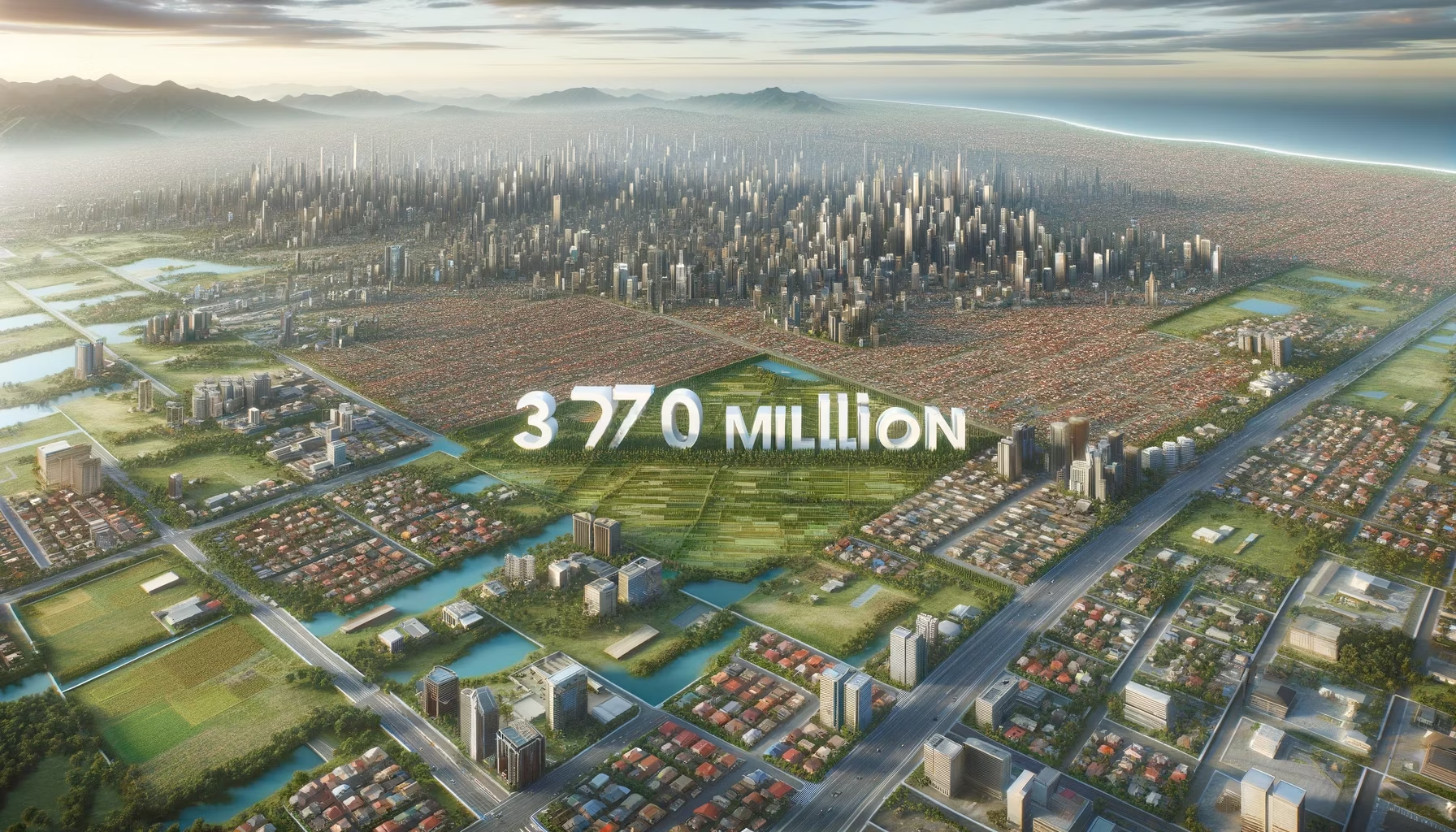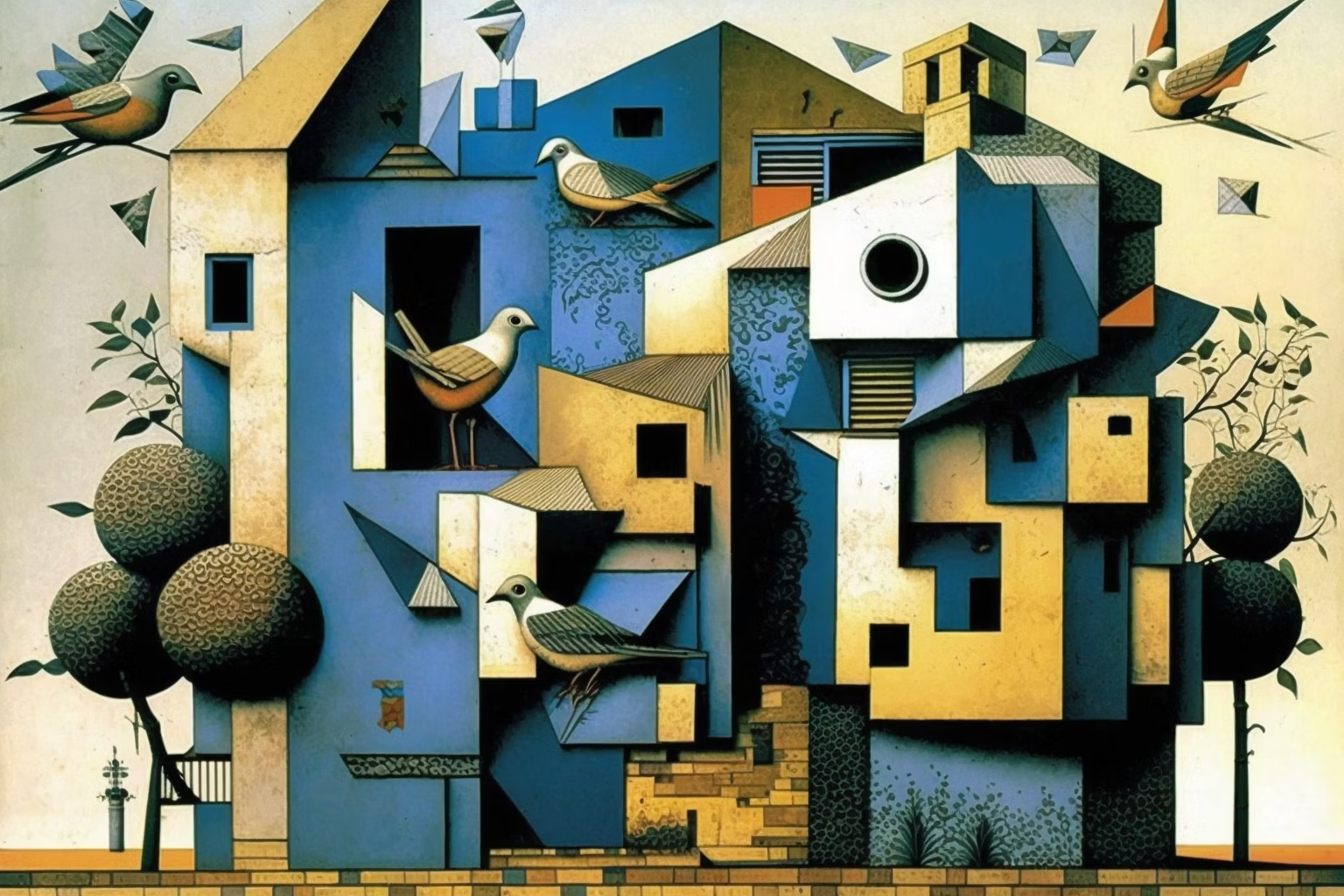Weekly Radar #275- 370 Million Square Feet of Calling, If These Walls Could Walk, Filling the AI Shed

This Week's Radar Storylines:
- The General Services Administration is looking at ways to modernize their mega portfolio, a perfect opportunity for any CRE startup.
- "Interspecies Design" has become a talking point for buildings built with sustainability in mind.
- tldraw released a new feature that utilizes AI to easily turn doodles, like wireframes, into micro apps.
For full commentary, please scroll down...
News from our GEM Diamond membership base:
- HonestDoor announced the nationwide launch of its brokerage service, allowing Canadian homeowners to list their properties on the MLS for just $500. -- Dan Belostotsky
- Listen/watch Sam DeBord on the Real Estate Insiders Unfiltered Podcast.
Transmission Recap:
Earlier, the Geek Estate Team reported on the Q3 financial performance of the top twenty public proptech companies. Before that, Drew Meyers highlighted Owners, a platform to help launch, grow, and scale home service businesses.
Without further ado, let's dive into your weekly dose of proptech signal...
BUILT WORLD
370 Million Square Feet of Calling
By: Drew Meyers

The General Services Administration (GSA) is seeking information on how to to modernize its portfolio of more than 370 million square feet of real estate, in a quest to support the workplace needs of tomorrow. They have published a RFI, which can be seen here.
As Matt Hoffman says, this is "a chance to help the government transform how it manages the largest real estate portfolio in the country." Every technology startup working on the commercial side of the industry should engage, with the hopes of landing the largest landlord in the country as a customer. What are you waiting for?
Image created with Jasper.ai
Prompt: 370 million square feet of real estate with huge buildings
CLIMATE
If These Walls Could Walk
By: Logan Nagel
Companies like Alveole boost site biodiversity by setting up and managing beehives, something we’ve discussed before. To build on that, a wave of “interspecies design” is hoping to turn buildings themselves into habitats for animals and insects. Approaches include creating folds and nooks within building walls for birds, pollinators, and other animals, as well as using new materials, like earth and fungus mycelium to 3D print components with sustainable and resilient properties.

